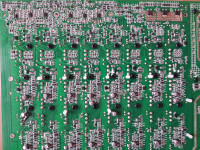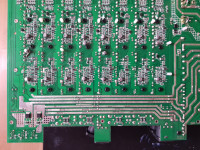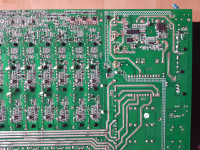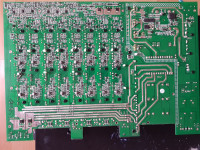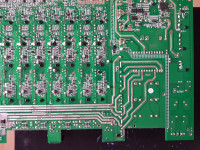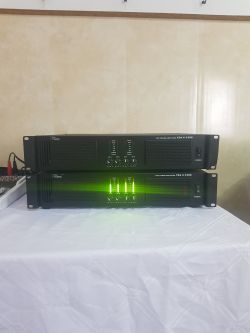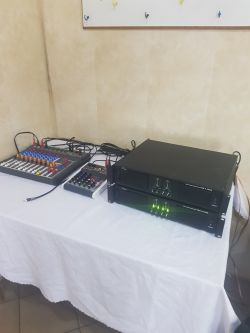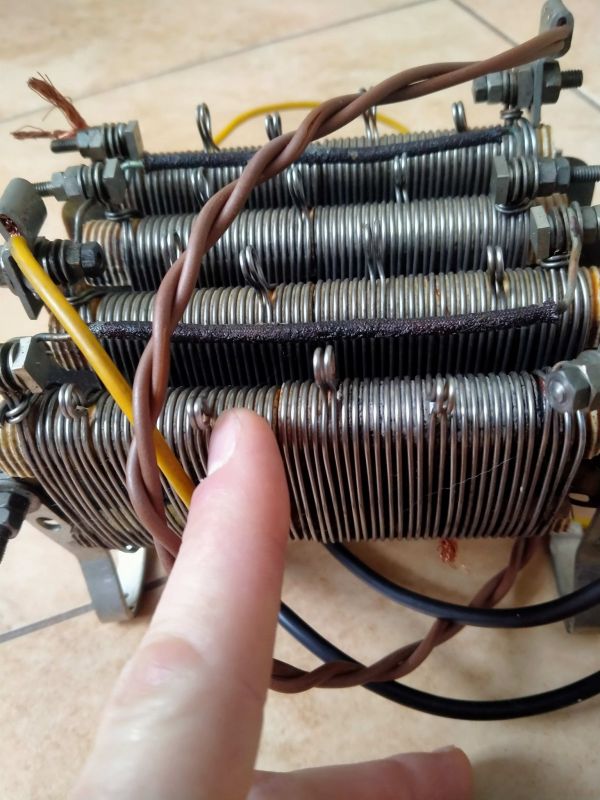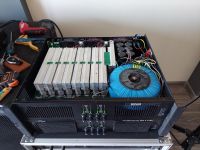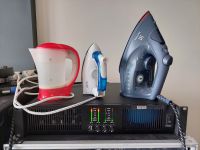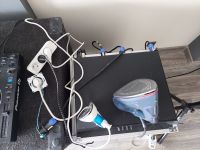Hello
The hair is on the head!!!
T.amp tsa 4x1300
- - -
I made measurements with a "sine wave" with a CF of about 11dB - that is, a waveform with such filling as the average musical material

Load 8.7 ohms.
The output voltage came out - 178V MAX, 49.2V RMS
Power respectively - 3640W MAX peaks, (current 20 amps peaks)
280W RMS power (current 5.6 amps average)
I will not play a normal sine wave on this amplifier - I'm afraid.
I will not do the test on a 4 ohm load either, because it is also a risk and looking at the above results, I do not even try to think how much will come out at the top.
- - -
As for how the clip works
Interesting things happen here.
When I reach 178V (then I have the knob on about 70%) and I keep turning the knob to increase the power:
1 - the amplifier no longer boosts the power and it is impossible to get the flattening of the sine peaks characteristic of the clip - it looks as if the amplifier had "
limits " or "
peak reduction " which mutes the signal in such a way that clipping does not occur.
2 - the sine wave is clean all the time without flattening at the top despite increasing the volume.
3 - the CLIP LED on the front panel does not light up despite increasing the volume !!!
4 - while the diode inside the board starts flashing informing me that "
limits " or "
peak reduction " It lowers my signal so that I don't clip it sometimes. - I will lead these diodes outside so that I can see them

Too bad the manufacturer didn't.
- - -
I thought that the amplifier would calmly handle my parties only:
I will convert the subs from 4 ohms to 16 ohms and then I am sure that I will not burn anything and the power in the peaks will be around 1800 watts, which is enough since the subs have a 1200 watt power program.
- - -
Gentlemen, thank you all for your help :)
Without you, I would never have repaired this amplifier :)
I bow my head!
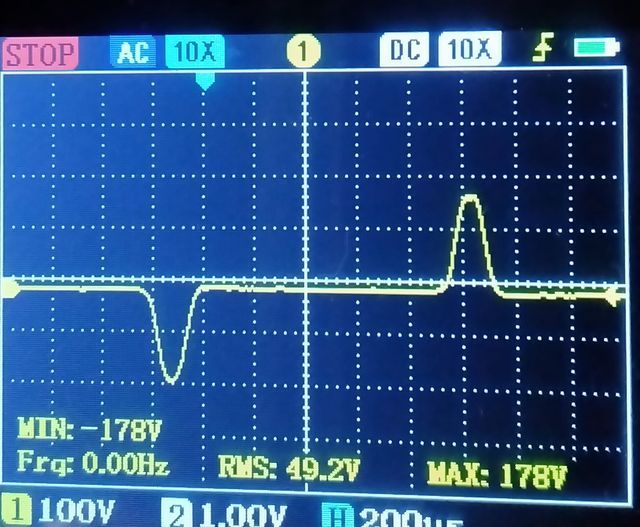
- - -
Below is the sound for testing amplifiers




